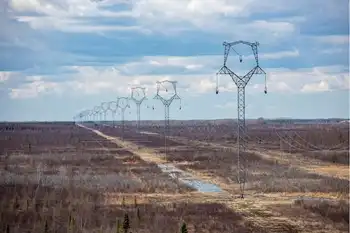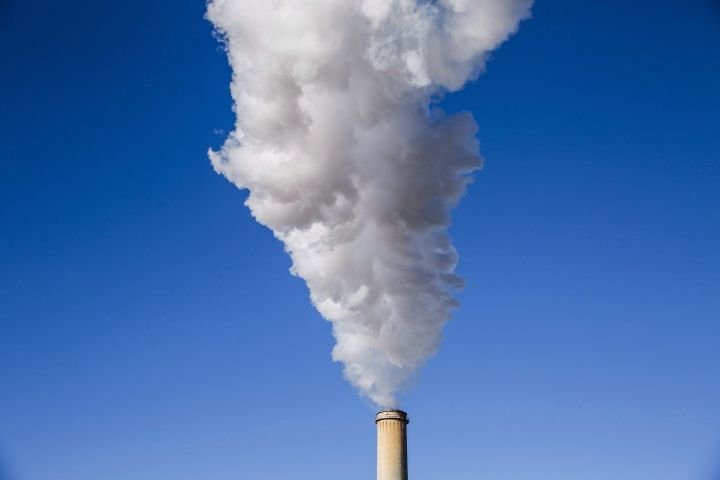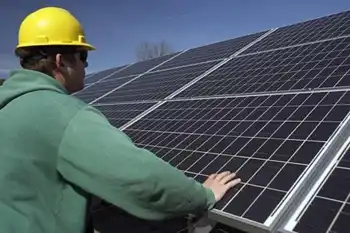Ripped solar wing adds to shuttle mission woes
By Reuters
Substation Relay Protection Training
Our customized live online or in‑person group training can be delivered to your staff at your location.

- Live Online
- 12 hours Instructor-led
- Group Training Available
The next shuttle flight could be delayed if this latest problem isn't resolved quickly, said NASA's space station program manager, Mike Suffredini. Atlantis is supposed to lift off in early December with a European laboratory.
"We don't clearly know what we're dealing with yet, and as soon as we know what we're dealing with, then we can talk about what our next steps are," Suffredini said.
The astronauts immediately halted the wing extension when they spotted the damage. By then, the solar panel was already extended almost 30 of its 35 metres. Space station commander Peggy Whitson said the sun angle prevented her and the others from seeing the 75-centimetre tear sooner.
"It's just the way it goes," Mission Control said consolingly.
The torn solar wing can still provide power. NASA's bigger concern is the structural problem posed by a partially deployed panel.
The damage was especially agonizing for the 10 space travellers because it came on the heels of an otherwise hugely successful day. Two of shuttle Discovery's crew had just wrapped up a seven-hour spacewalk and were still revelling in the smooth extension of the first of two retracted solar wings on a newly installed beam.
During the spacewalk – the third of their mission – Scott Parazynski and Douglas Wheelock installed a massive beam holding a pair of solar wings, which were folded up like an accordion. It took three days to move the beam from one location on the space station to another almost 45 metres away, and was considered one of the hardest construction jobs ever attempted in orbit.
Parazynski also dealt with the other problem on the space station, inspecting one of two rotary joints that keep the station's solar panels turned toward the sun.
Steel shavings were found during a spacewalk over the weekend in the joint on the right side of the station, and Parazynski was asked to look at the left joint for comparison. Everything inside that joint was shiny and looked pristine.
Until NASA figures out what's grinding inside the gears and fixes it, the right joint will remain in a parked position as much as possible, limiting power collection.
NASA plans to take a closer look at the malfunctioning joint during a spacewalk, although that work might be upstaged by the solar wing trouble.
At Mission Control's request, Whitson retracted the torn solar wing just a bit to ease tension on it. She said there appeared to be quite a lot of deformation to the entire area, with several sections bowed backward and kinked in various places.
The astronauts beamed down pictures of the damage so engineers could determine how bad it was and what, if anything, could be done about it.
Suffredini said the wing can provide 97 per cent power since the power line doesn't appear to be damaged. He said spacewalking astronauts could cut whatever might be snagging the solar wing, like a hinge, and possibly sew up the tear. For almost any repair, the wing probably would have to be retracted in order for the crew to reach the damage.
"We have a lot of options. We're in a good config (configuration) to sit here and work through this problem," he said.
Discovery's space station construction mission has already been extended a day because of the solar joint problem, with landing set for next November 7. Suffredini hinted that another two days could be added to the flight if the newest problem is deemed serious enough.











